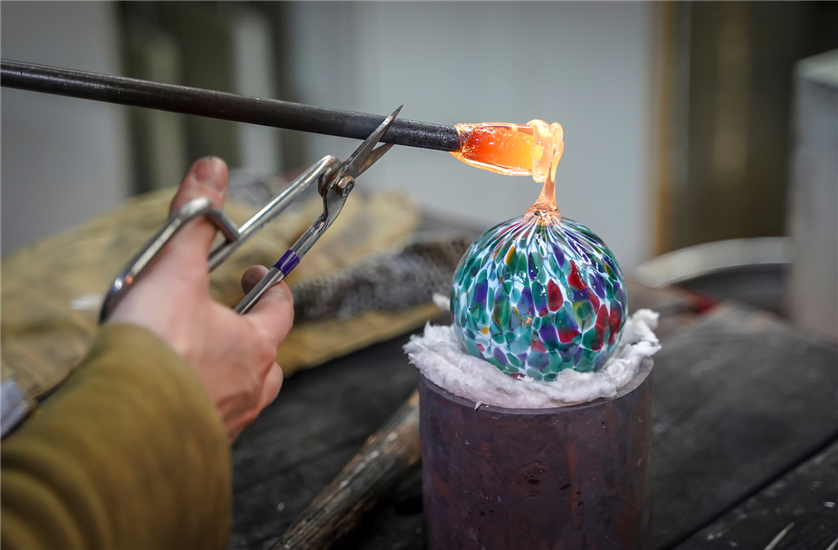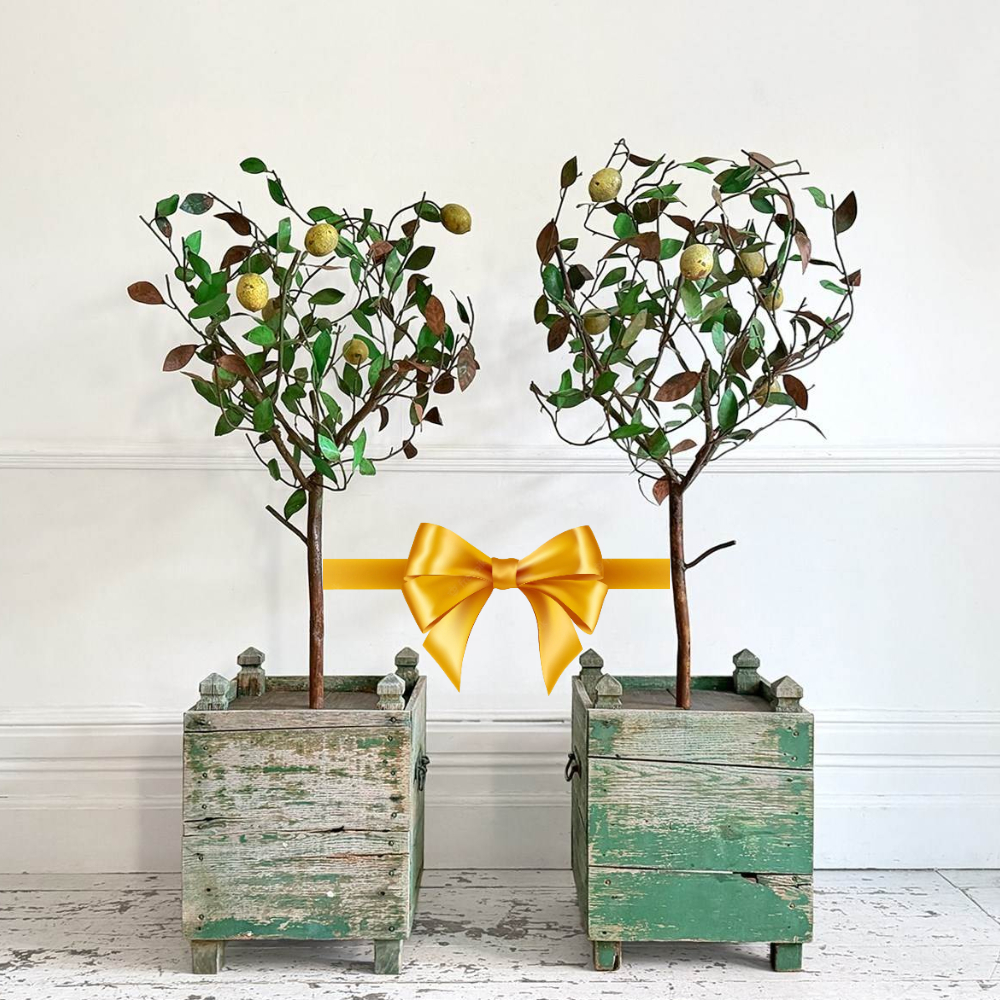
Murano glass is a unique type of glass art that dates back to the Roman Empire. From classically designed chandeliers to vases and figurines, Murano glass is easy to spot but harder to authenticate.
In this post, we ask, ‘what is Murano glass, and how do you identify it?’
What is Murano glass?
Murano glass takes its name from the island of Murano in the province of Venice in Northern Italy. Craftspeople have been making this type of glass for over 1000 years, using tools and processes that go back to the turn of the first millennium.
Made using a combination of silica, soda, and potassium, Murano glass is handblown and shaped using iron tools in much the same way as it would have been by master craftsmen years ago.
Its distinctive colour comes from minerals like cobalt (blue) and zinc (white). Some of the more expensive pieces also have gold, copper, and silver flecks added to them.
A brief history of Murano glass
Glassblowing in Italy was moved to the island of Murano in 1291 after Venetian state leaders became concerned about the potential for fires to spread across the mainland.
Shortly after, a glassmakers guild was set up to protect the craftspeople involved in making Murano glass. They were afforded certain privileges in return for continuing the tradition of glassmaking on the island.
Murano glass flourished for many years, and people flocked to the area to hone their skills and open workshops of their own.
By the 16th century, nearly half of the people on the island were involved in the industry, but sadly, this didn’t last beyond the plague of 1630. Disruption, war, and an economic downturn resulted in a sharp decline in Italy’s glass production.
Artists are still producing glass art in the foundries left on the island today, and their distinctive designs continue to be sought-after by enthusiasts and collectors worldwide.
What makes it different?
Murano glass is made using techniques and tools that have remained largely unchanged for many years. Each piece is hand-blown and shaped using iron tools in a series of elaborate steps.
This unique process is what makes it so different from other types of glass.
Its vibrant colours come from minerals like zinc, cobalt, and manganese, so unlike painted glass, they don’t fade over time.
Made into vases, figurines, and, most notably, chandeliers, Murano glass is considered by many to be an art form. Surreal patterns and vivid colours characterise these pieces, but how do you identify the genuine from the counterfeit?
How do you identify Murano glass?
Murano glass comes with a certificate of authenticity, but this has only been the case for the last 40 years. To accurately identify anything older than this, you would need the help of an expert.
If you’re considering buying a piece from an antique dealer or collector, ask them for the relevant documentation to go with it before you agree to buy.






